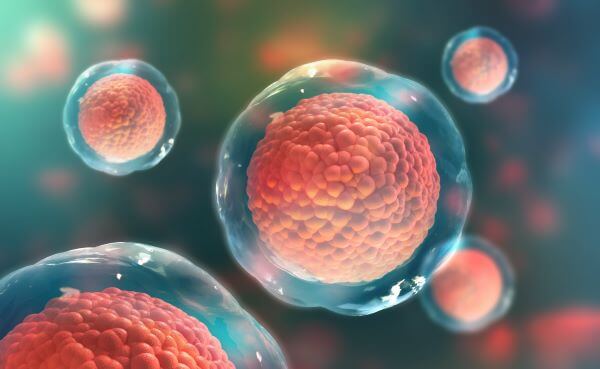Energy moves through the Universe all the time. It is transferred from one substance to another. What does the movement of energy look like? When energy moves through an object, it creates waves. These waves carry the energy through the object until they reach the end.
There are two types of waves: mechanical and electromagnetic. Mechanical waves need a medium to travel through, such as air, water, or solid ground. Electromagnetic waves don’t need a medium and can travel through empty space.
Light is an example of an electromagnetic wave. It is made up of tiny particles called photons. These particles travel through the vacuum of space at the speed of light until they hit an object. Then, they bounce off the object and travel in another direction.
Sound is an example of a mechanical wave. It needs air (or another medium) to travel through. Sound waves are made up of vibrating particles. These particles bump into the particles next to them, and this creates a wave. The wave travels through the air until it reaches your ears.
Waves are everywhere! They are in the air, in water, and even in solid objects. You can see waves in the ocean, and you can feel them when you stand next to a speaker at a rock concert.
Now that you know a little bit about waves, let’s learn about the anatomy of a wave. The top of a wave is called the crest. The bottom of a wave is called the trough. The height of a wave is measured from the trough to the crest. The wavelength is the distance between two crests (or two troughs). The frequency is the number of waves that pass a fixed point in a certain amount of time.
Waves come in all different shapes and sizes. Some are big and some are small. Some waves are long and some are short. Some waves are fast and some are slow. But all waves have one thing in common: they transfer energy from one place to another.
Now that you know about waves, let’s learn about the different types of waves. There are three main types of waves: transverse waves, longitudinal waves, and surface waves.
Transverse waves are the most common type of wave. They are created when the particles of a medium vibrate perpendicular to the direction that the wave is moving. Transverse waves can move through solid objects, liquids, and gases.
Light waves are an example of transverse waves. When light waves hit an object, they bounce off in all different directions. This is why we can see things.
Longitudinal waves are created when the particles of a medium vibrate parallel to the direction that the wave is moving. Sound waves are an example of longitudinal waves. When sound waves hit an object, they vibrate the object. This is how we hear sounds.
Surface waves are a type of wave that travels along the surface of a medium. Surface waves are created when transverse and longitudinal waves interact with each other. Water waves are an example of surface waves. When water waves hit the shore, they create a crashing sound.
What happens when waves hit an object?
When waves come into contact with barriers they will do one of three things. They will either be absorbed, reflected, or transmitted through an object. If they are absorbed or reflected by an object then we say that the object is opaque because the wave did not pass through it. If the waves are transmitted through the object then we say that the object is transparent or translucent.
Transparent means that all of the wave passes through the object. Translucent means that some of the wave passes through the object and some of it is scattered.
Different materials will absorb, reflect, or transmit waves differently. For example, metal will reflect most waves while glass will transmit most waves. Wood is a good absorber of sound waves but a bad absorber of light waves.
Now that you know about the different types of waves, let’s learn about how they interact with each other.
Waves can interact with each other in two ways: they can add together or they can cancel each other out.
If two waves are going in the same direction and they have the same amplitude then they will add together. This is called constructive interference.
If two waves are going in the same direction but they have different amplitudes then they will partially cancel each other out. This is called partial destructive interference.
If two waves are going in the same direction but one wave is exactly half the amplitude of the other wave then they will completely cancel each other out. This is called complete destructive interference.
If two waves are going in different directions then they will always add together. This is called superposition.
Waves can also interact with each other in three dimensions. When waves interact with each other in three dimensions, they create a pattern called an interference pattern. Interference patterns are created when two or more waves intersect with each other. The patterns are created by the constructive and destructive interference of the waves.
Now that you know about waves, let’s learn about how they are used in different types of communication.
Waves are used in many different types of communication. Radio waves, microwaves, and infrared waves are all types of waves that are used to communicate.
Radio waves are used to broadcast radio signals. Microwaves are used to send signals between two points. Infrared waves are used to transmit information wirelessly.
Waves are also used in medical imaging. X-rays, MRI, and ultrasound are all types of waves that are used to see inside the human body.
X-rays are used to take pictures of bones. MRI is used to take pictures of organs. Ultrasound is used to take pictures of fetuses.
Now that you know about waves, try doing some experiments to see how they work. You can use a slinky to create different types of waves. You can also use a ripple tank to create interference patterns.
Happy experimenting!






